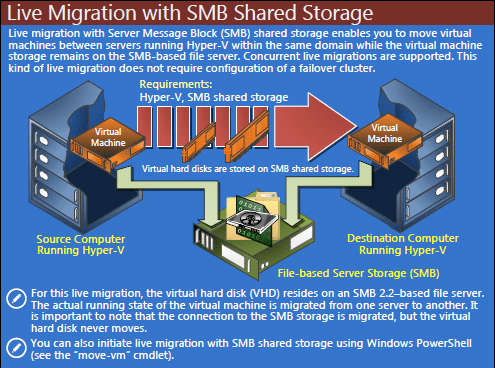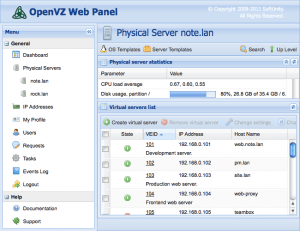How does live migration work in virtualization?
Live migration is the process of moving a virtual machine from one physical server to another without stopping its operation. This mechanism ensures high availability and manageability of virtualized environments.
Live migration allows administrators to move virtual machines between physical nodes without having to shut down applications or perform maintenance. This means that system users don’t have to worry about temporary service outages and data loss.
Wondering how live migration actually works in virtualization?
When live migration is initiated, a specific algorithm begins transferring the virtual machine’s memory from one node to another. It is important that both nodes are on the same network and have the same data storage. During the migration process, the state of the virtual machine is captured, and data changes are written to the new node, ensuring data integrity.
Live migration works thanks to virtualization technologies, which ensure the preservation and continuity of virtual machines. This process allows you to distribute the load between servers, provide data backup, and improve the overall performance of the system.
In conclusion, live migration in virtualization is a convenient tool that helps to increase reliability and flexibility in managing virtual environments. Thanks to this technology, administrators can effectively manage resources and ensure uninterrupted system operation.





